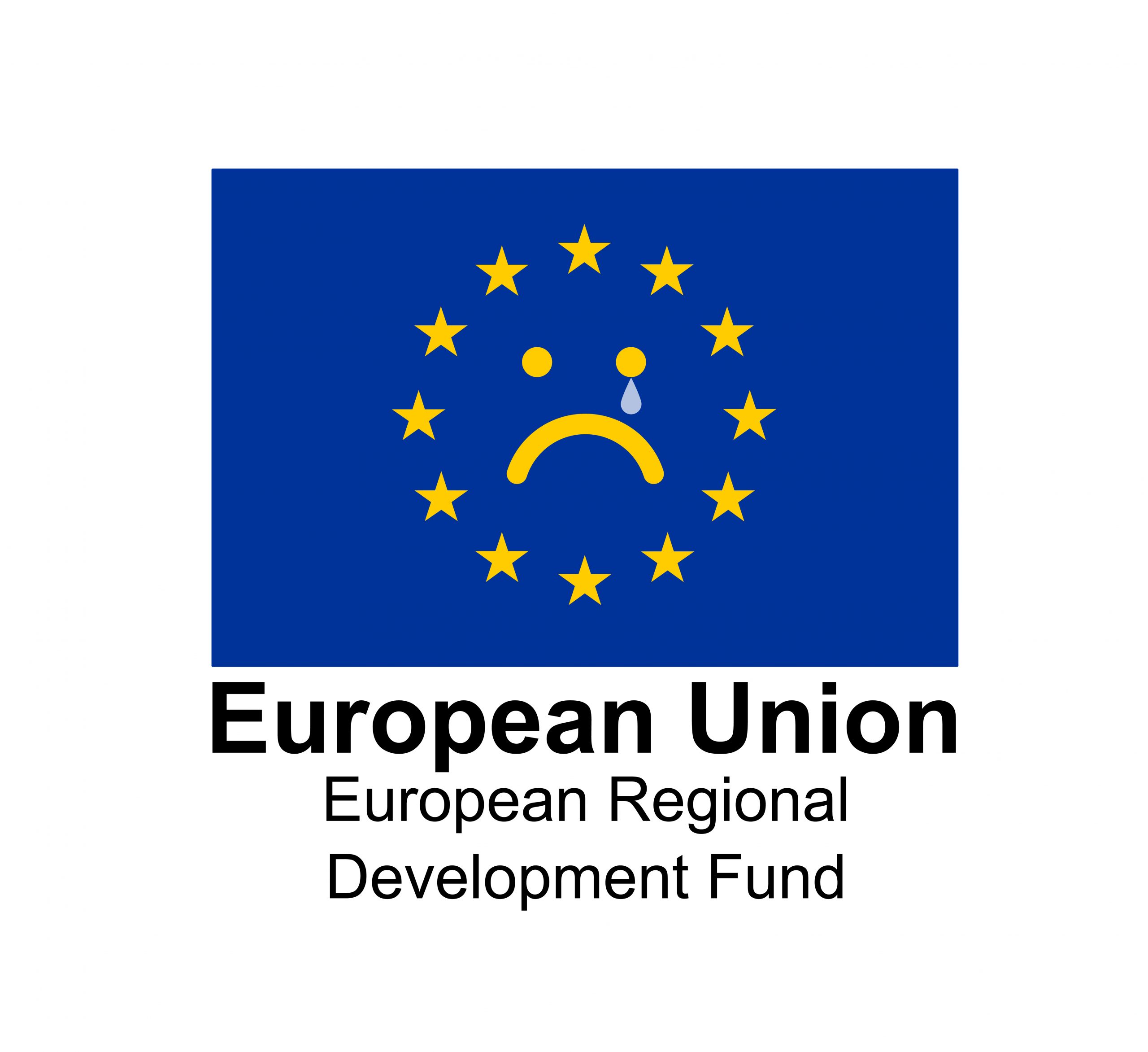For over 30 of its 48-year history, ERDF has shaped much of my career. In the UK it will be consigned to the history books, at least for the foreseeable future. Will I miss it? Do I feel the UK will miss out on economic opportunities and collaborations as a consequence? Can we learn some useful lessons from probably one of the most stable policy interventions of the last half-century? The answer is yes to all three.
In fact, the UK called for the fund to be developed and finally launched after the oil crisis back in 1975 and for a fund double the size. Yes, the UK was an enthusiastic founder and participant in the early days; how things change. Now, we have decided to take back control of our own economic development with a new Levelling Up Agenda but with fewer funds to match via the UK Shared Prosperity Fund (UKSPF). Our clients are already talking about filling some of the clear gaps, noticeably on climate change, the digital economy, and innovation, where the paucity of potent measures in UKCRF is clear to see.
Structural Funds (and I include the European Social Fund here) achieved a lot. They were publicised but people didn’t seem to know about them. Many of our towns, cities and businesses in the 80s, 90s and noughties were in some way touched by fairly substantial EU investments. During the EU Exit debates, Structural Fund practitioners looked on in dismay at the lack of cogent defence for what their work had achieved.
You could initiate transformational change with structural funds. It gave policymakers some control over local economic development and in the first few seven-year programming periods could be deployed on substantial capital investments. The ERDF family is broad too: it included financial and collaboration instruments with memorable names like JESSICA and INTERREG.
People joke about the administration attached to ERDF; it was a real pain to manage. The paperwork was immense and the need for wet signatures until recently seemed crazy, especially during a pandemic! It worked a bit in silos too and project managers didn’t always make effective referral links to each other – but that was often down to a lack of coordination by our own managing authorities. The ERDF regulations and state aid rules are legendary. In fact, my ex-chairman named his racehorse after them. On the whole, I think it was spent pretty well, honestly, and with a fair degree of additionality. Of course, some projects ruthlessly took the funds and went for the ‘low-hanging fruit’ just to meet the contractual targets. In many of our evaluations, we suggested thinking about the impacts upfront and then tailoring programmes where they were most needed or could make the most transformational difference.
On balance, in my view, its strengths outweigh its weaknesses. It also showed it could be flexible. It did manage to outlive wars, pandemics, recessions and other economic crises, and many UK prime ministers for that matter! When there was a flood or an economic crisis, ERDF was there.
ERDF invested in growth and was a real flag bearer for small and medium-sized enterprises. It invested in accelerators, world-class technology and innovation infrastructure, ground-breaking new products and processes, and new market development. More recently it has focused on resilience, digital transformation, and low-carbon measures. I think it has been truly transformational in investing in low-carbon innovation and with more funds could have achieved even more. Project managers did not always take the cross-cutting measures seriously around equality and sustainability but those that did had better projects because of it. Many missed out on funds like those in the foundation economy who were ignored in favour of ‘sexy priority sectors’. It could have affected more change in these traditional sectors and, had we stayed in the EU, I suspect project managers could have pushed for investment in modern methods of construction, industrial decarbonisation, etc.
I look across the water with a little sadness and envy, as the 2021-2027 programme period will enable investments in a smarter, greener, more connected and more social Europe that is closer to its citizens. The programme development phases were always an exciting and frenetic rush of political negotiations, strategy development and implementation planning.
It feels like the right sort of investment for our turbulent times. At Kada, we are going on a mission this year to see if there is a demand for our structural fund expertise so that we can remake some of the connections that are ebbing away and think about an overseas presence. In the UK, I think we could usefully build on our 48 years of ERDF experience by:
- Ensuring innovation, digitisation and low-carbon transitions remain centre stage for local economic development.
- Linking skills and economic development priorities more seamlessly than was achieved under ERDF and ESF.
- Ensuring seamless online project management, well-connected economic development programmes and a focus on those interventions that really make a difference.
One thing we do have in common with our EU counterparts – we both seem to be hopelessly late in launching our programmes! Adieu for now ERDF, it has been fun; and hello UKSPF, we are here to help ensure the decisions we make about our futures are smart ones.
By Karl Dalgleish





